Modulation schemes supported by B&K Precision generators
2019-12-23
Most signal generators have built-in modulation functions that are useful for evaluating communications, signaling, and control circuits. In electronics and telecommunications, modulation is a process that varies the properties of a periodic waveform called the carrier. The modulated signal can be used to convey speech, video, or data. Below is an overview of the modulation schemes supported by B&K’s generators.
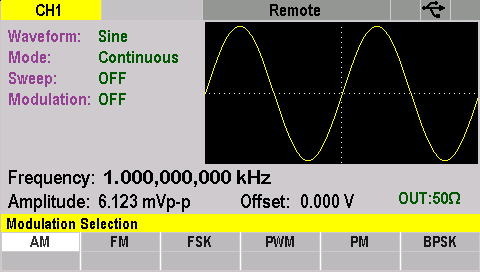
Amplitude Modulation (AM and AM-DSB)
In the frequency domain, amplitude modulation produces a signal with power concentrated at the carrier frequency and two adjacent sidebands. For example, the speech picked up by a microphone is used to modulate the carrier signal’s amplitude. Double-sideband amplitude modulation (AM-DSB) includes the upper and lower sideband components.
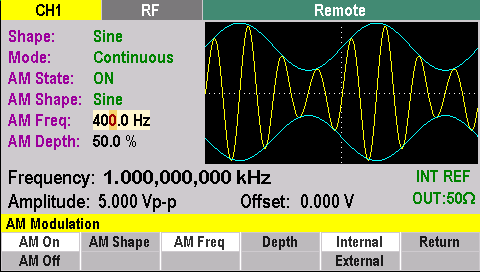 Figure 1 - Amplitude Modulation
Figure 1 - Amplitude Modulation
Frequency Modulation (FM)
This same speech from the microphone could also be used to modulate the carrier by keeping the amplitude of the signal constant and causing a deviation above and below the carrier frequency. This results in a method called FM or frequency modulation.
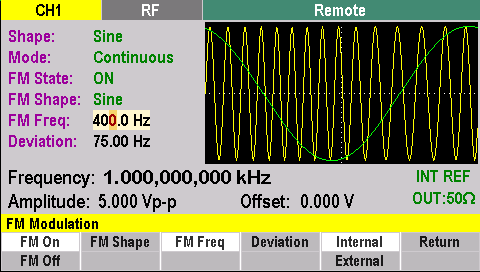 Figure 2 - Frequency Modulation
Figure 2 - Frequency Modulation
Phase Modulation (PM)
This scheme modulates the phase rather than the frequency of the carrier waveform to embed the content. In digital PM, the carrier phase shifts abruptly rather than continuously back and forth.
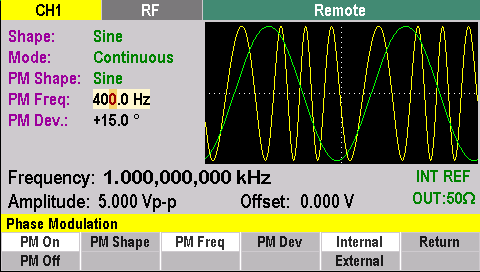 Figure 3 - Phase Modulation
Figure 3 - Phase Modulation
Frequency-Shift Keying (FSK)
One of the early digital modulation types is frequency-shift keying (FSK). It is based on two states, which allow the signal to express binary data. The carrier switches between two frequencies: a center frequency and an offset frequency. In theory, FSK can be implemented by using completely independent free-running oscillators, and switching between them at the beginning of each symbol period.
In most real world implementations, FSK modulation is produced using a Voltage Controlled Oscillator (VCO) or microprocessor.
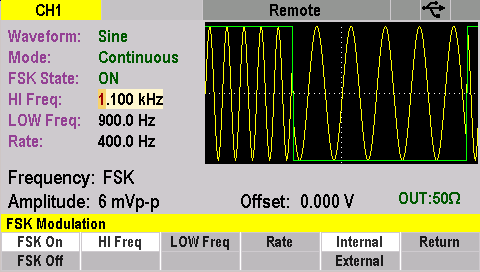 Figure 4-Encoding FSK
Figure 4-Encoding FSK
Binary Phase Shift Keying (BPSK)
This is a form of phase modulation, where the phase of the carrier is varied by the instantaneous logic leavel of the baseband signal. The modulated waveform consists of two parts: the carrier and the modulating waveform.
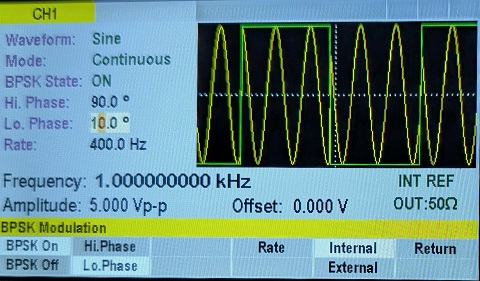 Figure 5 – Binary Phase Shift Keying Modulation
Figure 5 – Binary Phase Shift Keying Modulation
Pulse Width Modulation (PWM)
This modulation scheme is used in power supplies, dimmer circuits, and motor controls. The PWM circuit is integrated on many microcontrollers. In motor control, the modulation changes the duty cycle of the repeating pulse train to represent motor position, speed, and direction.
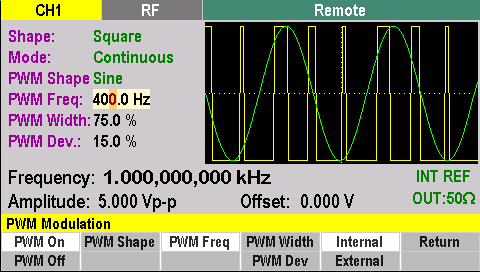 Figure 6 - Pulse Width Modulation
Figure 6 - Pulse Width Modulation
Most of the modulation schemes described in this article are considered scalar or analog type signals. More complex signaling systems will use vector and time-variant schemes. Advanced modulation schemes will require industry specific signal generators and analyzers.